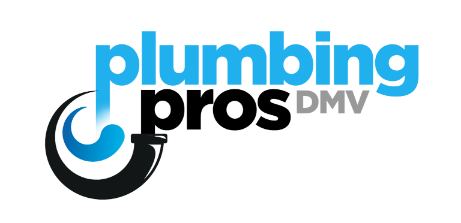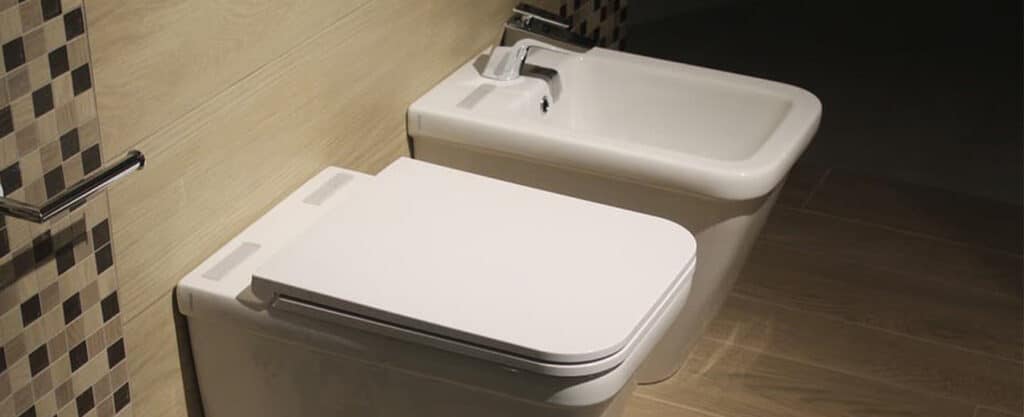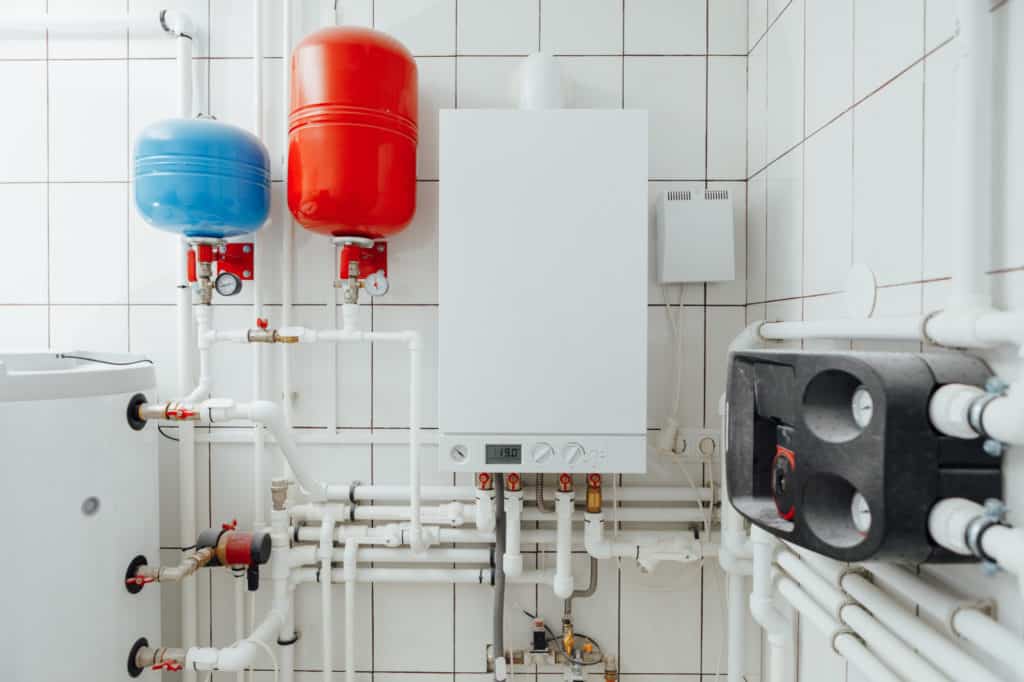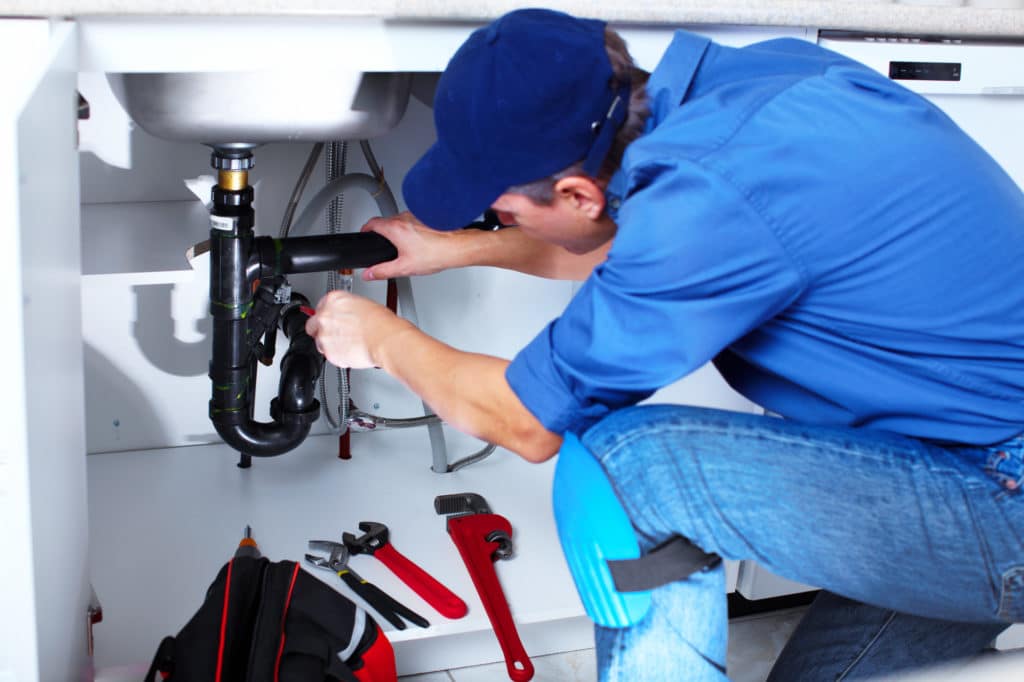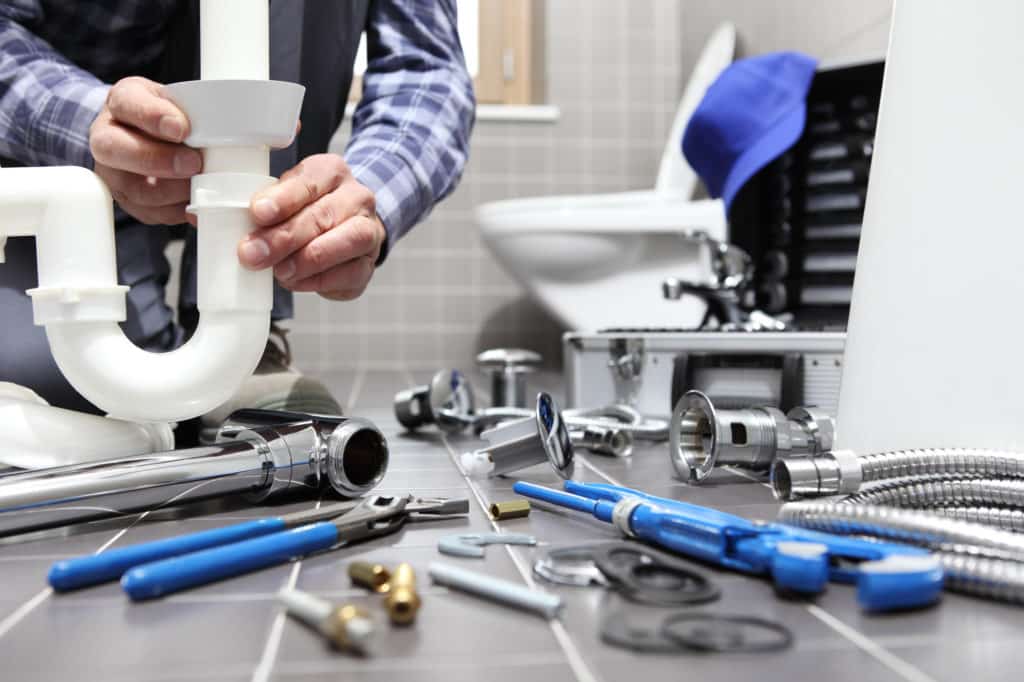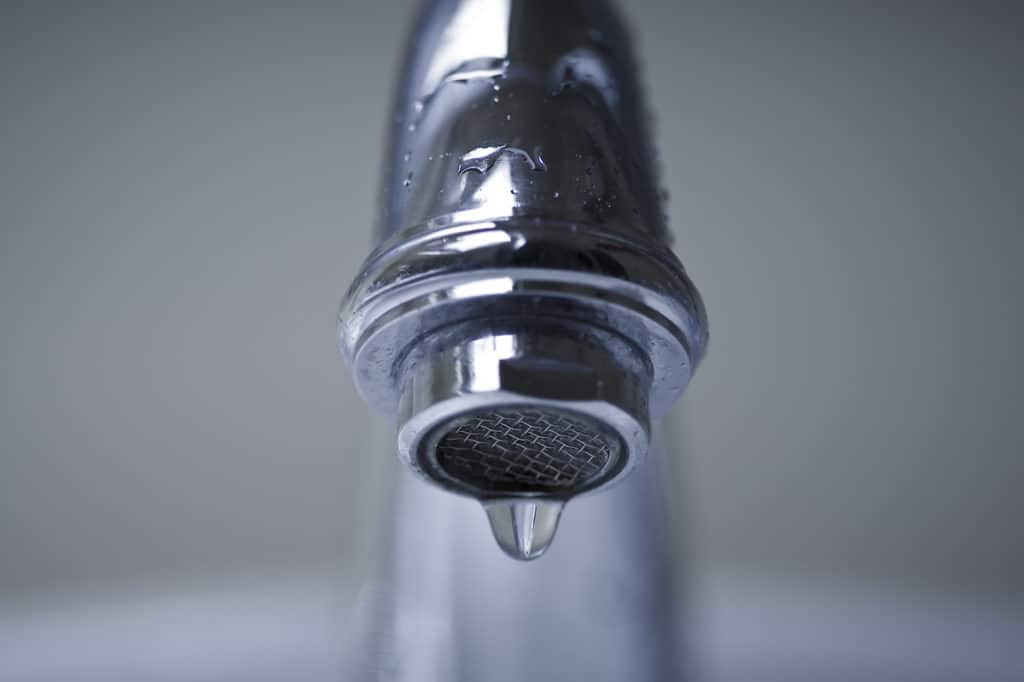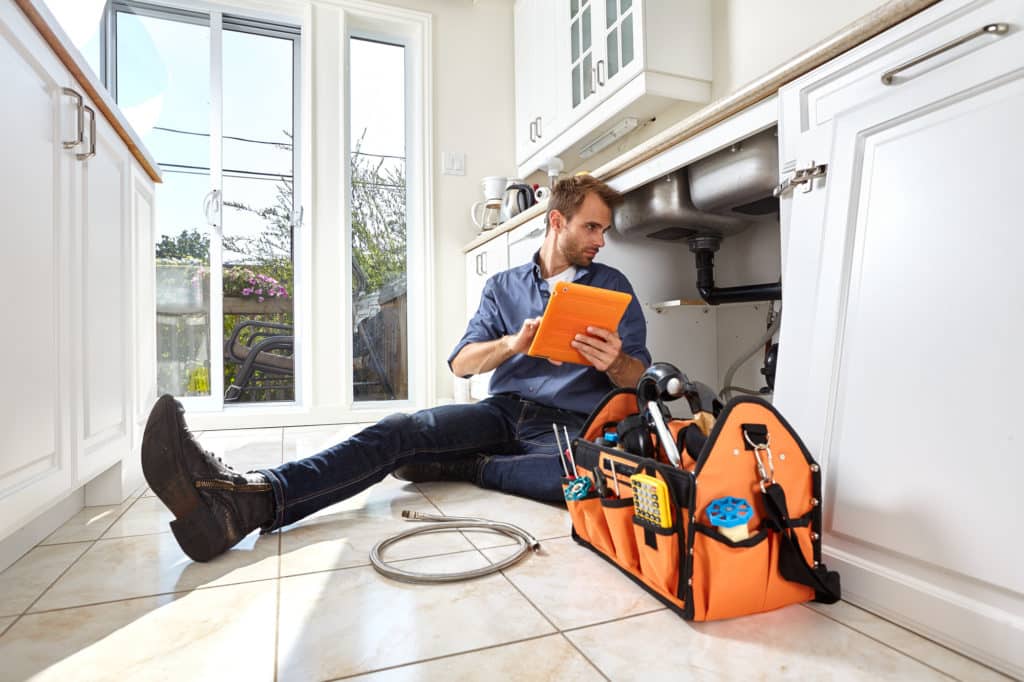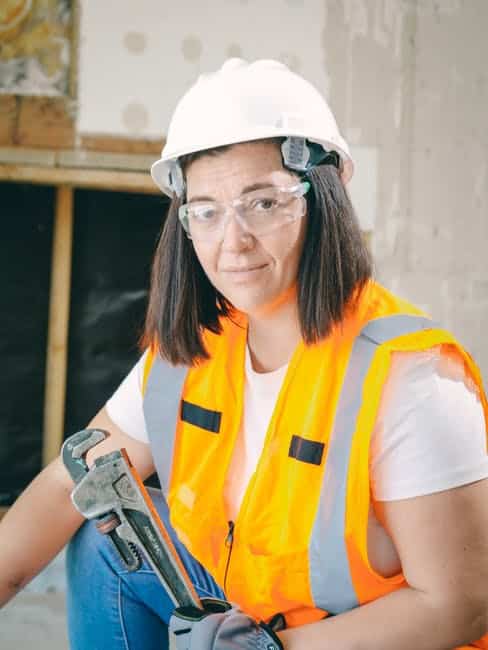An unpleasant and uncomfortable situation for any household is when their toilet becomes clogged with waste or blockages. The trouble is there whether the blockage is minor or a total blockage. Learning what caused it and how to avoid further issues are key components in managing and preventing such issues in the future.
Therefore, we have collected all the vital information in this blog. It covers the cause of clogged toilet issue lists and its prevention. Reading further will help you understand and solve the issue better.
Causes of Clogged Toilets
Before diving into preventive measures, we need to understand why our toilets become clogged in the first place.
Below are some of the main causes:
Flushing Non-Flushable Items
A primary cause of clogged toilets is flushing non-flushable items down the toilet. A toilet’s primary function is to dispose of human waste and toilet paper. Anything other than this may lead to blockages, such as diapers, feminine hygiene products, wet wipes, cotton balls, paper towels, and more.
Low Flow Toilets
Low-flow toilets may be designed to conserve water, but they may also contribute to clogs by using less water. Thus, they do not provide enough pressure to clear drainage pipes, leading to blockages.
Hard Water Deposits
Hard water contains high mineral concentrations like calcium and magnesium. Over time, it can accumulate in toilet bowls and pipes. It can be the cause of clogged toilets and blockages that clog drains and toilets.
Sewer Line Issues
Sometimes the cause of clogged toilets can be with the sewer line rather than what goes down. The tree roots might infiltrate it, or the build-up of grease and waste could obstruct it. Thus, it contributes to its obstruction and subsequent backup of waste materials into your toilet bowl.
Preventing Clogged Toilets
Now that we understand the potential causes let’s investigate prevention strategies:
Proper Disposal
A key to avoiding clogged toilets is disposing of items properly. It means only flushing human waste and toilet paper down the toilet. As we also discussed, avoid other waste that should go in the trash bin instead. Educate all household members, particularly children, about this important rule.
Consider Upgrading Your Toilet
If you have an older low-flow toilet, upgrading to a modern low-flow model could be worth your while. Today’s low-flow models have been specifically engineered to overcome issues associated with their predecessors while clearing your drain pipe more effectively.
Install a Water Softener
If hard water is an issue, installing a water softener could help to decrease the cause of clogged toilet mineral levels in your water. It will prevent the build-up in pipes and toilets. This device reduces mineral concentration to help prevent build-up on plumbing components.
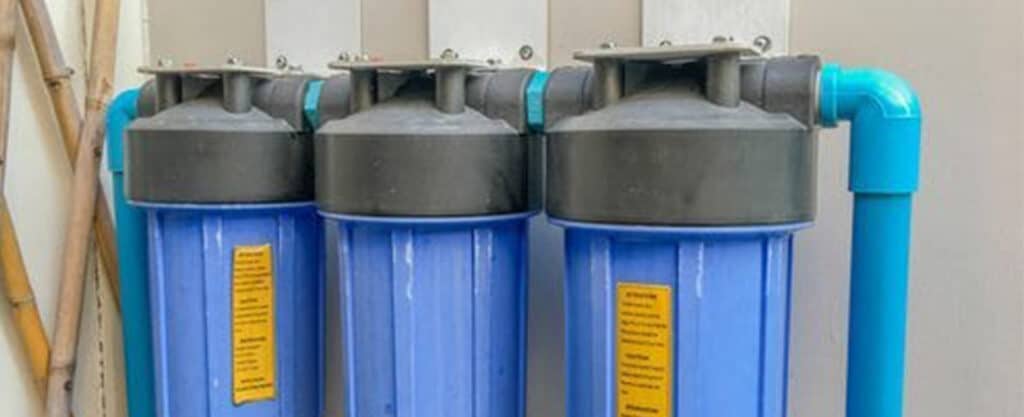
Regular Maintenance and Inspection
Scheduling regular inspections of your plumbing system, toilet, and drainage can prevent clogs from developing. If you detect slow drains or other abnormal anomalies, contact a licensed plumber as soon as possible.
The Do's and Don'ts for a Clog-Free Toilet
Finally, here is our final checklist of do’s and don’ts to maintain a clog-free toilet:
Do's
- Plungers Are Your First Line of Defense: For optimal effectiveness, always use your plunger correctly when combating a clogged toilet. Place it over the toilet's drain hole and push firmly down before pulling up sharply before pushing again firmly to extract air out from underneath it.
- Do Use Toilet-Friendly Products: When purchasing toilet paper, look for " septic safe" brands or "quick dissolving." These varieties break down quickly without the risk of clogs forming in your septic system.
- Remember to Clean Your Toilet Regularly: Regular toilet maintenance will allow you to detect potential issues before they become larger ones.
Don'ts
- Stay Clear of Chemical Drain Cleaners: These can damage your pipes and only offer temporary solutions.
- Do Not Ignore Signs: If your toilet seems to be flushing slowly or making an unfamiliar gurgling noise, do not ignore these warning signs. Call in a professional who will assess your system immediately.
- Avoid Fixing Major Issues Yourself: If a plunger fails to clear away a clog, do not attempt to disassemble your toilet or reach further into its pipes on your own.
Proactivity and Professional Plumbing Assistance: the winning combo
Understanding what causes a clogged toilet is the first step toward prevention. By adhering to these do’s and don’ts, you can stop experiencing discomfort due to blocked plumbing in your household. Be proactive by performing regular maintenance checks or acting when trouble appears – doing so could save major hassle later on!
If you need professional help, contact Plumbing Pros DMV. We will provide the desired services to repair your toilet properly. Serving customers across DC, MD and VA areas, we are the professional plumbing service you can trust for your bathroom plumbing, including toilet repairs and installations and remodeling services.
